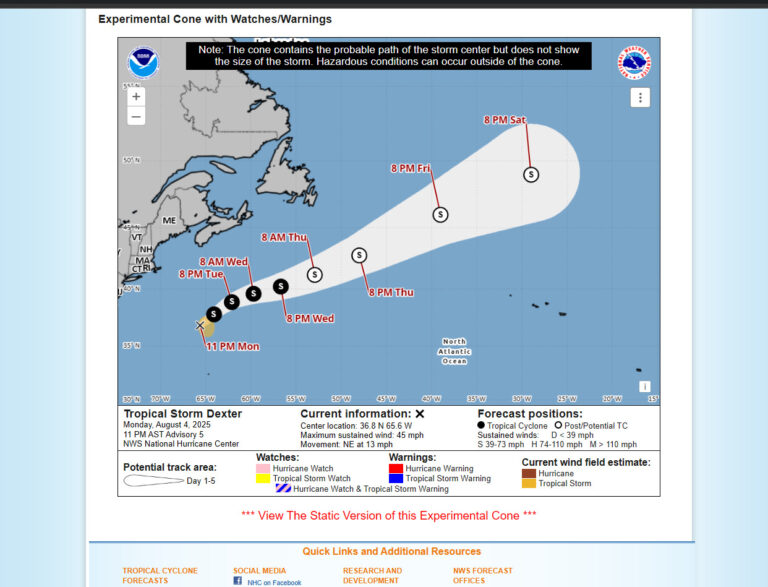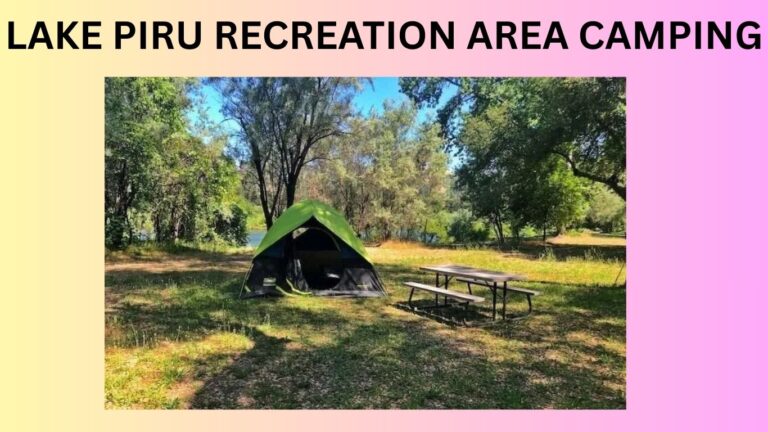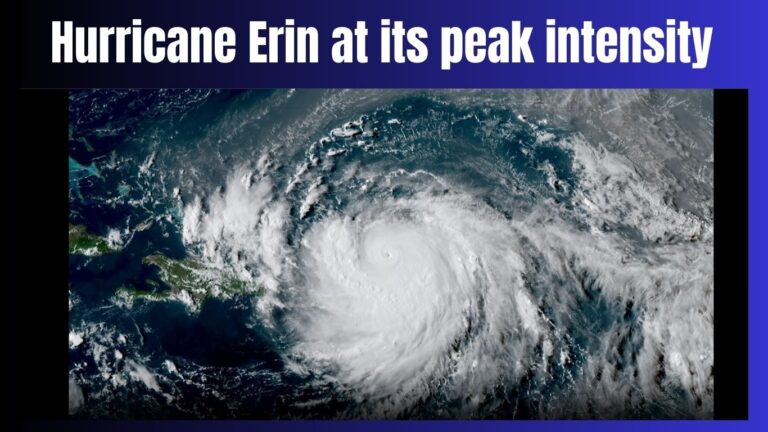- Introduction: A Jolt and a Wake-Up Call for the Inland Empire
- Full Report: What We Know About the Earthquake in Fontana
- Why is Fontana Prone to Earthquakes? The Science of Seismic Activity
- Recent Earthquake History: A Pattern of Shaking
- Community Response and Personal Accounts
- What Should You Do After an Earthquake? A Safety Checklist
- Expert Advice on Earthquake Preparedness
- The Role of Technology: ShakeAlert and Beyond
- You Can Read More Such Articles :
- Conclusion: A Reminder for All Californians
Introduction: A Jolt and a Wake-Up Call for the Inland Empire
Residents across San Bernardino County felt a familiar jolt as a moderate earthquake rattled the region this morning. For many, the seismic event was a momentary disturbance, a swaying of a lamp or a rattling of windows.
But for seismologists and emergency planners, it was a crucial reminder of the constant seismic risk that comes with living in one of the most tectonically active regions in the world. This incident, while causing no major damage, serves as a powerful and timely “wake-up call” for earthquake preparedness in the fast-growing Inland Empire city of Fontana.
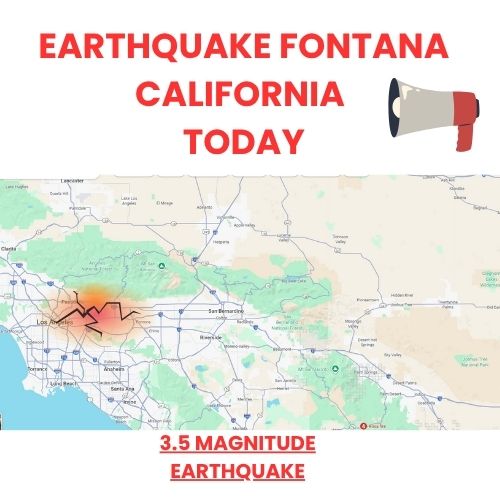
According to the U.S. Geological Survey (USGS), the quake struck at 9:36 a.m. PST on Thursday, July 31, 2025, registering a magnitude of 4.3. The epicenter was located near Muscoy, just north of San Bernardino, with a depth of approximately 5.5 kilometers (3.4 miles). Tremors were felt widely across the region, from Rialto and Rancho Cucamonga to Ontario and beyond. While local authorities have reported no serious injuries or widespread damage, the event has put earthquake readiness at the forefront of residents’ minds.
Full Report: What We Know About the Earthquake in Fontana
The earthquake in Fontana, California, originated at a relatively shallow depth, which is a key factor in the shaking intensity felt at the surface. Shallow quakes tend to produce more pronounced and localized shaking, even if their magnitude is only moderate. The rumbling and subsequent shaking lasted for several seconds, leading to a flurry of reports from locals across social media.
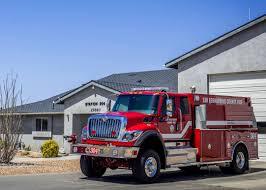
Immediate inspections by local emergency responders from the San Bernardino County Fire Department and other agencies were conducted to assess the integrity of critical infrastructure. Checks were made on roads, bridges, and public buildings for any signs of structural compromise. While no immediate damage was reported, the city has issued an alert urging residents to conduct their own thorough inspections of their homes and workplaces, looking for signs such as foundation cracks, shifted appliances, or broken pipes. The event was a sharp, quick jolt that, for many, was a powerful reminder of their proximity to some of California’s most significant fault lines.
Why is Fontana Prone to Earthquakes? The Science of Seismic Activity
Understanding the geological landscape of Southern California is essential to comprehending the region’s seismic risks. Fontana is located within a complex and highly active seismic environment, sitting in close proximity to some of California’s most well-known fault systems.
- The San Andreas Fault: The San Andreas Fault is the primary tectonic boundary between the Pacific and North American plates. It is a massive, strike-slip fault capable of producing some of the most powerful earthquakes in the world. While the recent quake was not directly on the San Andreas, the fault’s influence on the region’s geology is undeniable.
- The San Jacinto Fault Zone: This fault zone is a major subsidiary of the San Andreas and is one of the most seismically active faults in the state. It runs through San Bernardino, Riverside, and San Diego counties and is responsible for a significant number of the moderate quakes felt in the Inland Empire. The proximity of this active zone means that earthquakes in Fontana, California, are not unusual but are, in fact, a regular occurrence.
Seismologists from institutions like Caltech and USGS closely monitor these fault lines. Dr. Lucy Jones, a renowned seismologist who has provided expert analysis on California earthquakes for decades, explains that these smaller quakes are not necessarily foreshocks but are part of the normal seismic activity in the region. “Fontana’s geological position puts it in a complex seismic environment,” Dr. Jones says. “Even smaller quakes highlight the need for constant awareness and preparedness.”
Recent Earthquake History: A Pattern of Shaking
This is far from the first time the Inland Empire has experienced significant shaking. Over the past decade, the region has been a hotbed of seismic activity, a pattern that underscores the need for ongoing vigilance.
- On August 5, 2025, a 3.5-magnitude earthquake struck near Fontana, causing a quick jolt felt by many.
- A series of small quakes hit the San Bernardino area, sparking discussions about increased seismic activity.
- A moderate quake rattled nearby Riverside County, once again reminding residents of the importance of preparedness.
While none of these recent events have caused catastrophic damage, they collectively underscore the ever-present risk and the importance of a prepared community. They are a powerful argument against complacency.
Community Response and Personal Accounts
In the moments following the shaking, social media platforms lit up with real-time reports and shared experiences. Residents took to X (formerly Twitter) and other platforms to confirm what they had felt. One user tweeted, “Was that an earthquake in Fontana? Felt a quick jolt and a loud rumble. My dog started barking right before it hit.”
Authorities were quick to respond to this digital chatter. The USGS posted a public alert on their social media, reminding the public that “California is earthquake country,” and local emergency alert systems confirmed that there was no tsunami threat. This swift communication helped to calm public nerves and provide factual information amidst the initial wave of confusion.
What Should You Do After an Earthquake? A Safety Checklist
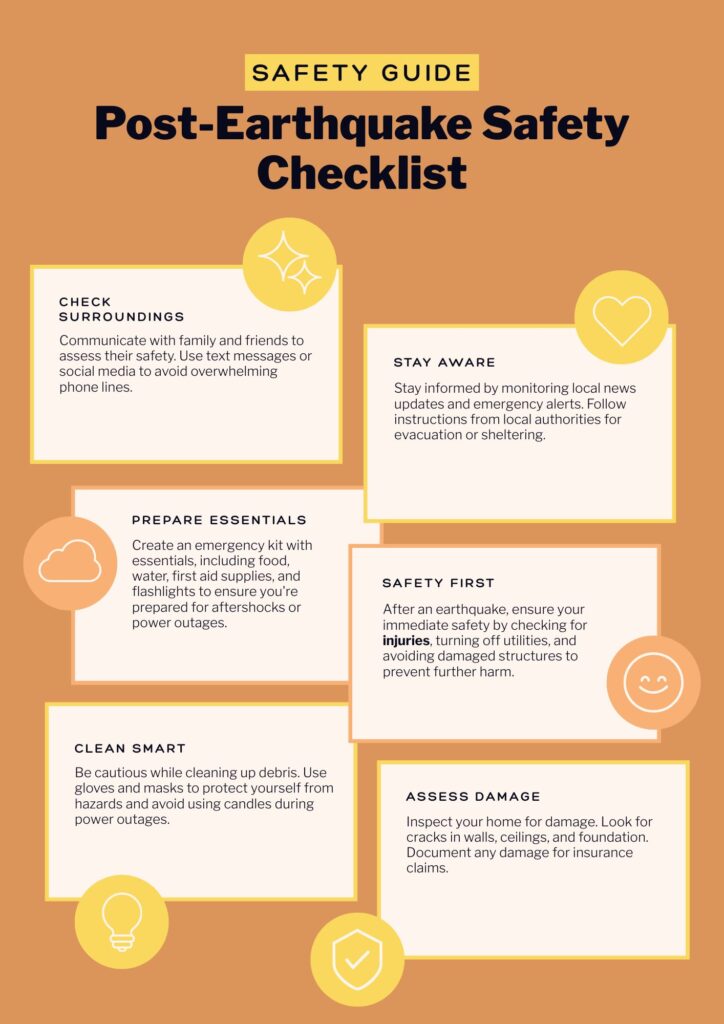
An infographic detailing a post-earthquake safety checklist, including steps like checking for injuries, inspecting for hazards, and preparing for aftershocks.Even when an earthquake does not cause immediate visible damage, safety measures are critical. Here’s what residents of Fontana and surrounding areas should do immediately after the shaking stops:
- Check for Injuries: The first priority is to assess yourself and those around you for injuries. Provide first aid where possible and call for emergency medical services if needed.
- Inspect Your Property for Hazards:
- Gas Leaks: The most dangerous post-quake hazard. If you smell gas or hear a hissing sound, do not use any electronics, open a window, leave the building immediately, and call your utility company from a safe location.
- Structural Damage: Look for cracks in walls, ceilings, and foundations. Do not re-enter a building if you suspect it is structurally unsound.
- Utilities: Check for damaged electrical wiring, burst water pipes, or sewage line issues. If you see sparks or frayed wires, turn off your main circuit breaker.
- Prepare for Aftershocks: Aftershocks are common and can occur minutes, hours, or even days after the initial quake. Be ready to “Drop, Cover, and Hold On” if you feel more shaking.
- Stay Informed and Communicate Safely: Monitor official updates from the USGS and local emergency services. Use text messages or social media to communicate with family and friends, as phone lines may be overwhelmed.
Expert Advice on Earthquake Preparedness
Experts emphasize that earthquake preparedness is not just about reacting after a quake but also about proactive planning.
“Everyone in Southern California should have an earthquake kit that includes food, water, flashlights, medications, and other essentials to last at least 72 hours,” advises Dr. Jones. “Securing heavy furniture and appliances and creating a family emergency plan are non-negotiable steps to protect yourself and your loved ones.”
Here are some key preparedness tips from experts and official sources like FEMA and the San Bernardino County Fire Department:
- Secure Your Space: Bolt heavy furniture, bookshelves, and water heaters to walls. Use latches on cabinet doors to prevent contents from spilling out.
- Create a Family Plan: Establish an out-of-state contact person who can be a central point of communication. Designate safe meeting spots both near your home and in a larger, safe area.
- Practice “Drop, Cover, and Hold On”: Regular drills with your family are essential.
- Build a Disaster Kit: Your kit should be in a sturdy, easy-to-carry container and include at least a three-day supply of water and non-perishable food, a first-aid kit, flashlights, a battery-powered radio, and copies of important documents.
The Role of Technology: ShakeAlert and Beyond
Modern technology has given us new tools to mitigate earthquake risks. The ShakeAlert system, developed by the USGS and its partners, is an earthquake early warning system that can notify residents seconds before strong shaking arrives. This brief window of time, though short, can be life-saving, allowing people to “Drop, Cover, and Hold On.”
California residents are encouraged to enable these alerts on their mobile devices and to use apps like MyShake. While ShakeAlert doesn’t predict earthquakes, it is a crucial layer of modern preparedness that works in conjunction with personal readiness.
You Can Read More Such Articles :
Hurricane Gil 2025 , Fantastic Four Box Office , Hurricane Gil , Labubu Big Into Energy Secret , Dale Gribble , King Of The Hill Dale , Lake Piru California , Global Citizen Fest Tickets , NBA Summer League Las Vegas Tickets , Quotes for Snowfall 2025 , Farmers Almanac Winter Forecast for 2025–2026 , Hurricane Erin 2025 Tracker , Milwaukee Flooding , Times Square Shooting , Fortnite New Season Tropical Storm Hurricane Erin , 2025 Lego Batman Batmobile,Tropical Storm Warning: Hurricane , Google Pixel 10 Pro , Millie Bobby Brown Baby , North West Fashion
Gears of War Reloaded , Alcaraz’s Bold New Look , Taylor Swift Engaged?,Caitlin Clark Injury Update , Pokémon Global Offensive , Camping at Lake Piru
Conclusion: A Reminder for All Californians
The recent earthquake in Fontana, California, was a powerful reminder of the region’s seismic reality. While it was a moderate event that caused no severe damage, it is a testament to the fact that living in California means accepting the inevitability of earthquakes.
The key to navigating this reality is not fear, but preparedness. By understanding the science behind the quakes, taking proactive steps to secure your home, and creating a robust family emergency plan, residents can significantly reduce their risk and protect themselves when the next seismic event occurs. This earthquake was not a catastrophe but a valuable and timely lesson in vigilance.
Hurricane Gil Eastern Pacific Tracker: Path, Strength, and What to Expect
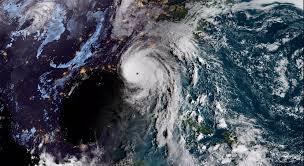
Times Square Shooting: What Happened in NYC’s Iconic Spot
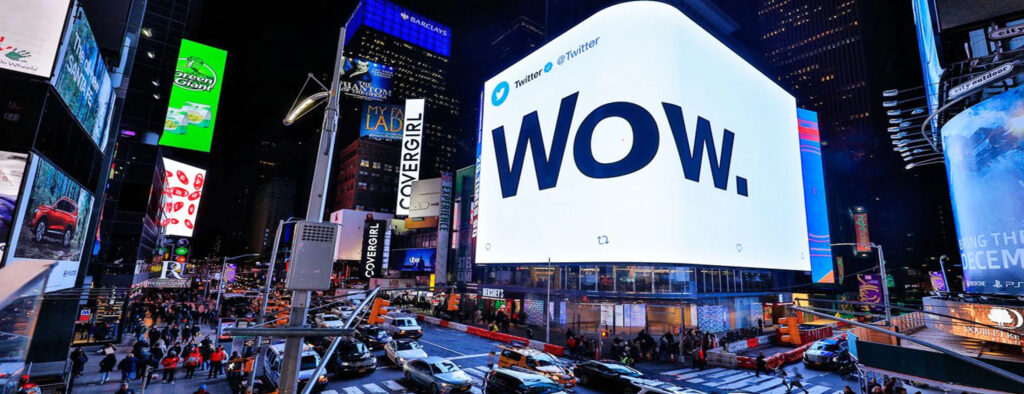
Lake Piru California: What you need to know
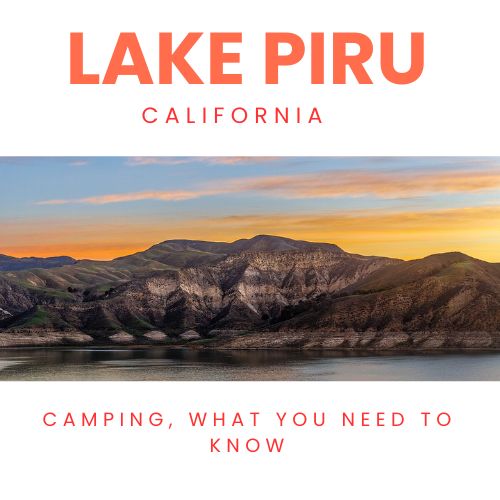
The Labubu Big Energy Secret You Need to Know



